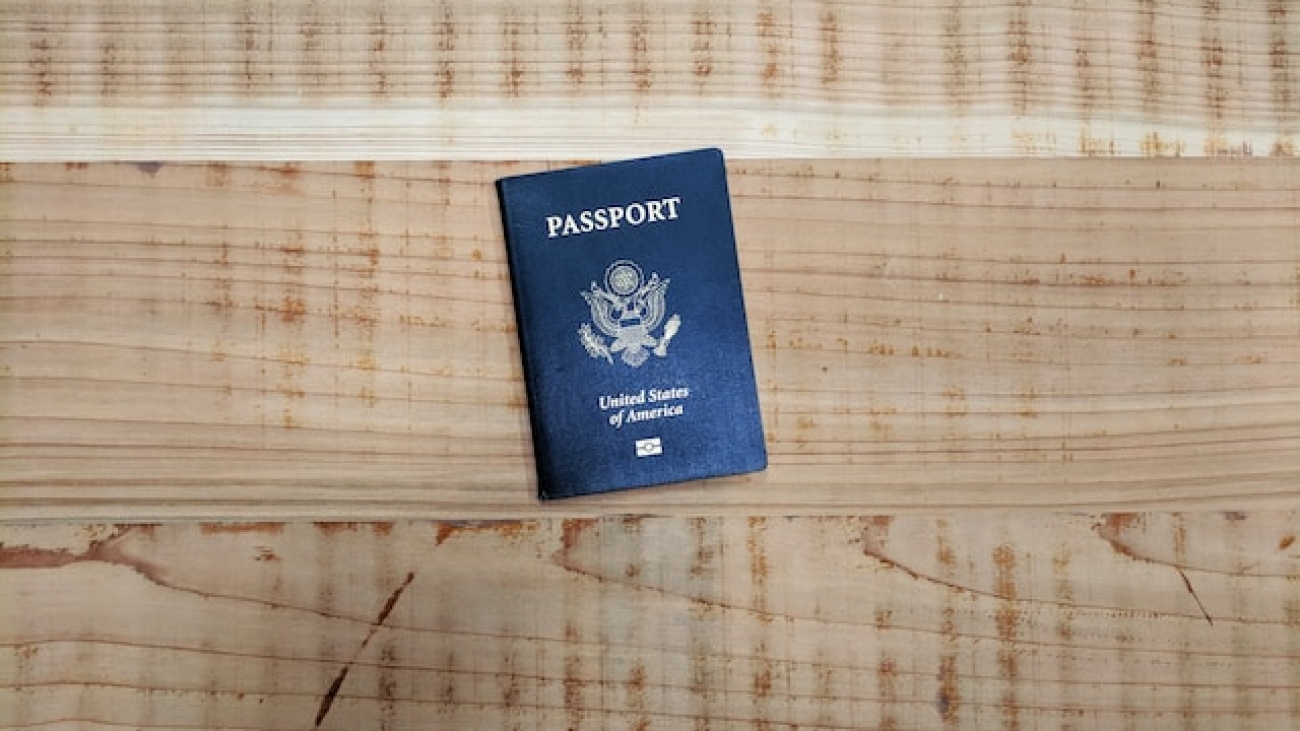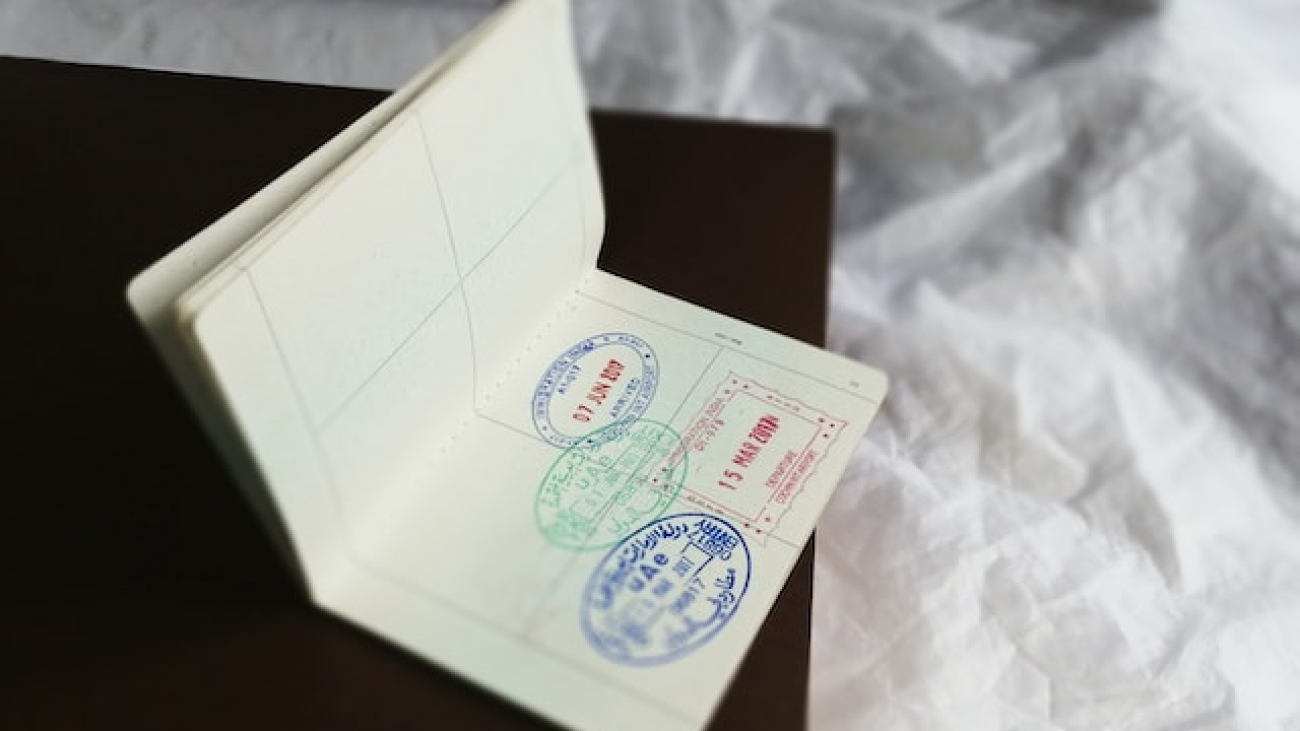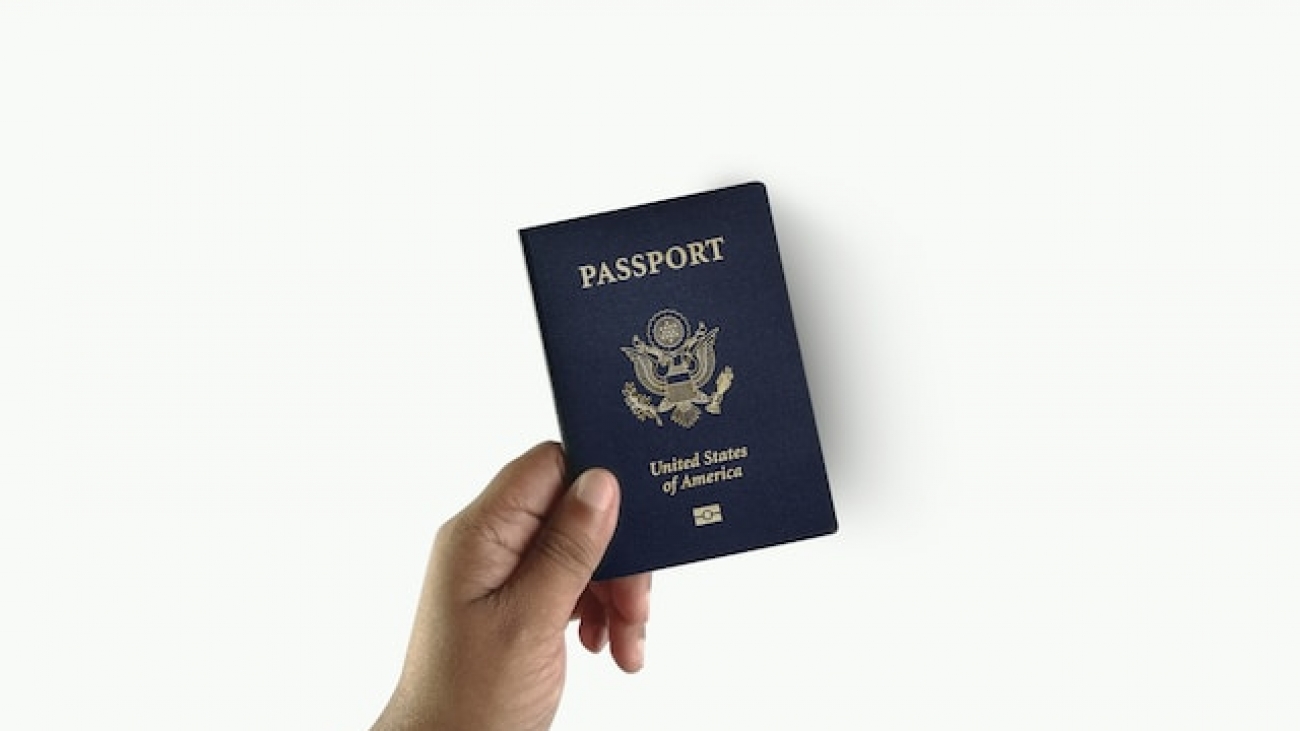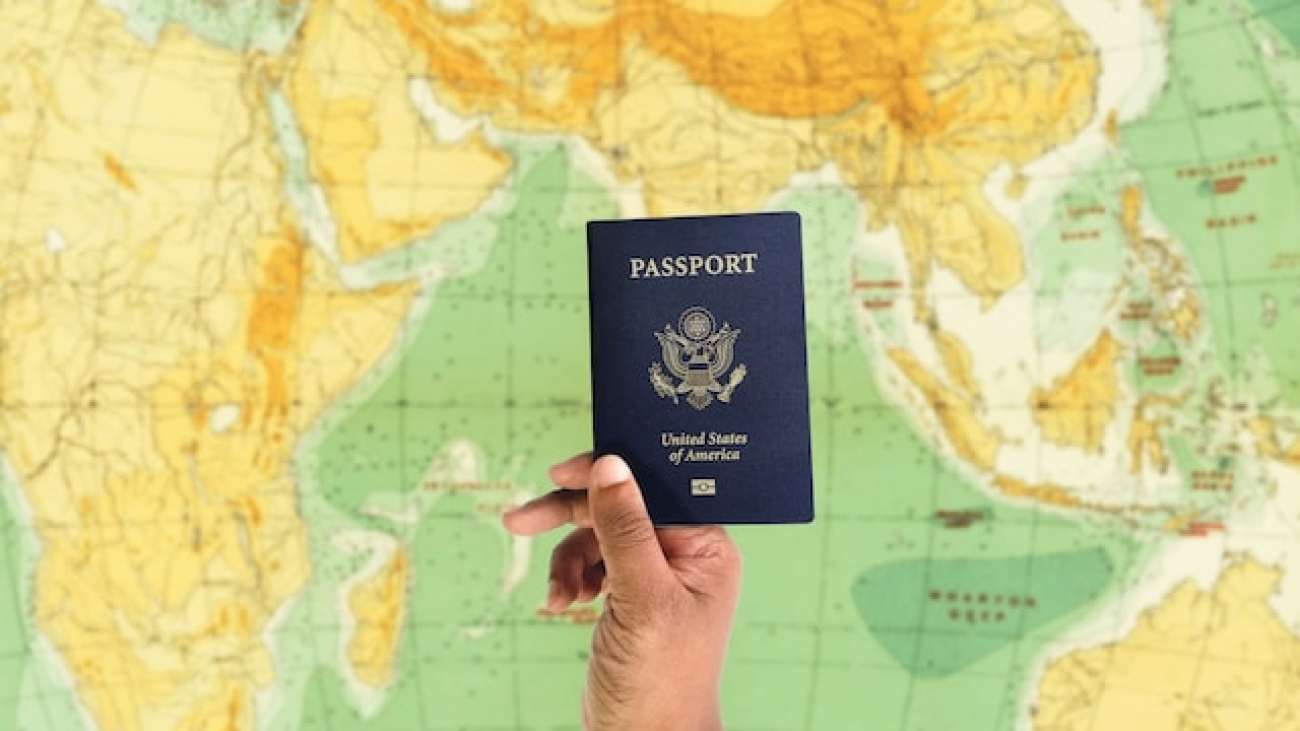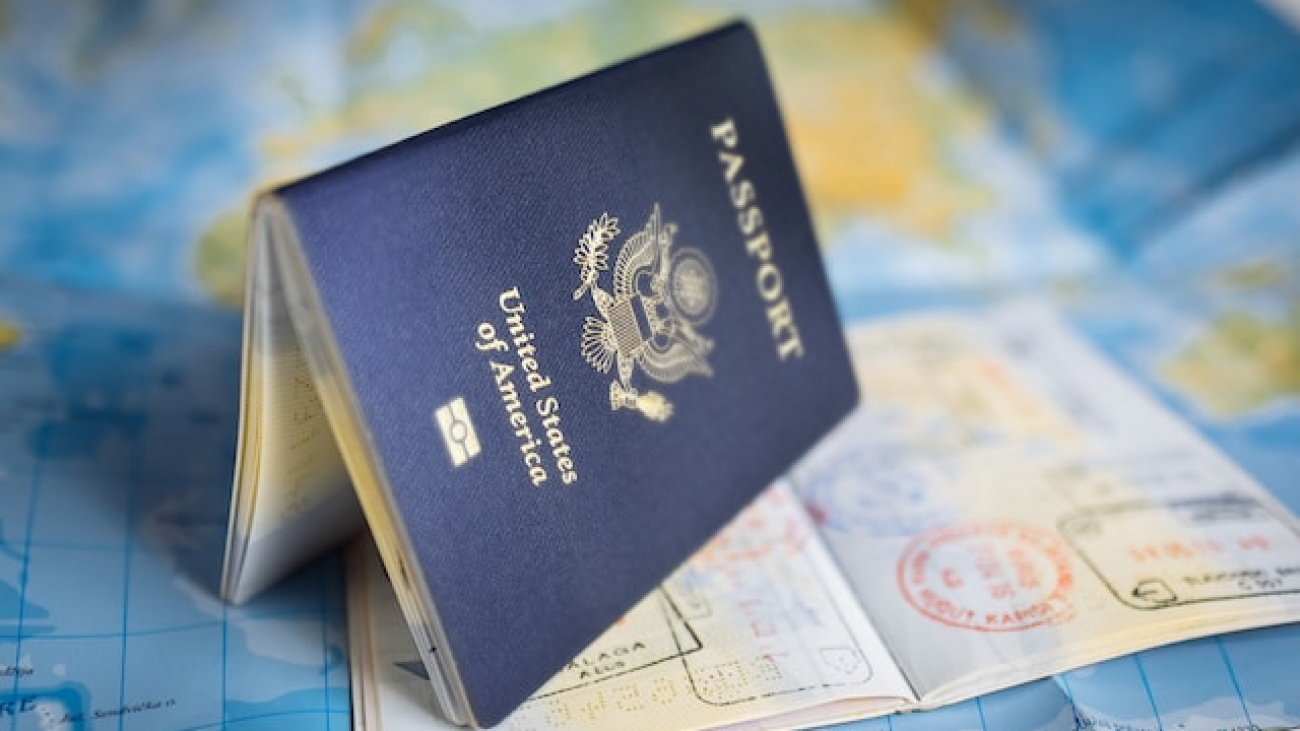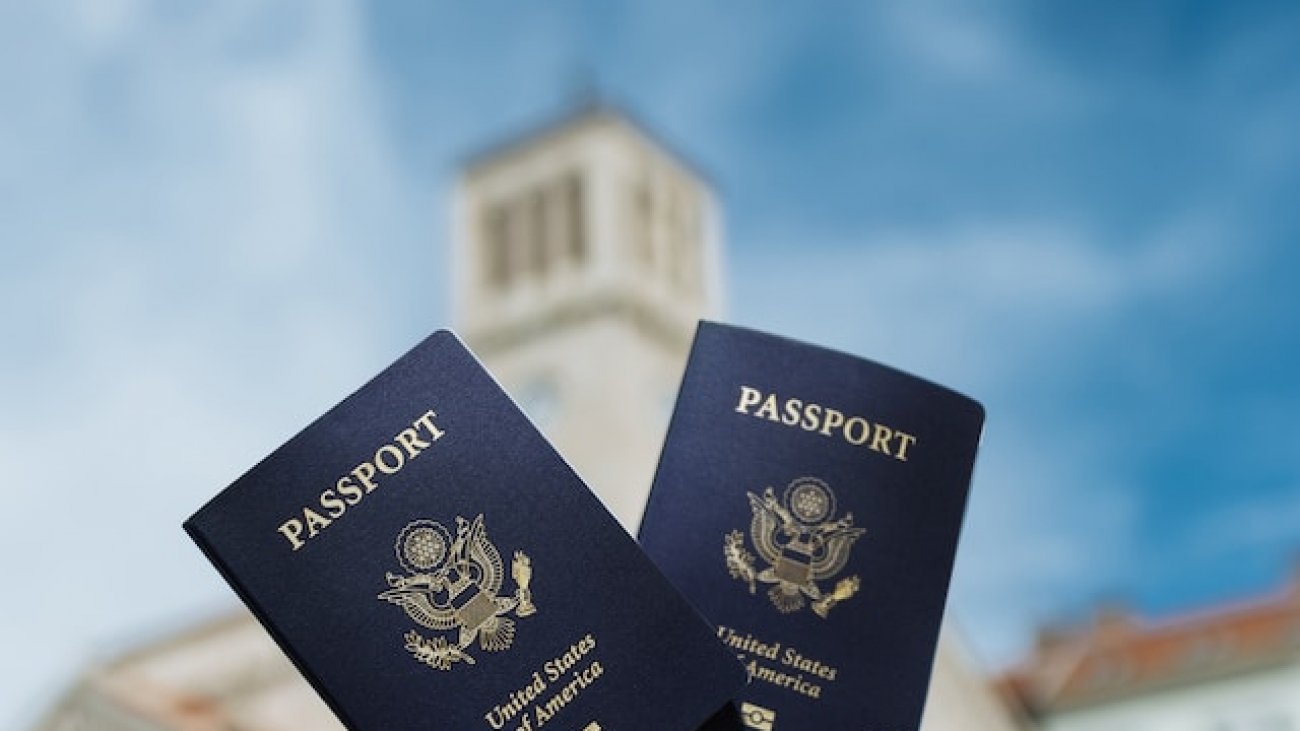When applying for a US visa, particularly a non-immigrant visa such as a tourist visa (B1/B2 visa), it is essential to demonstrate strong social ties to your home country. This is to convince the consular officer that you have compelling reasons to return to your home country after your temporary visit to the United States. Here are some examples of proof of strong social ties that you can provide:
- Employment: Show evidence of stable employment such as an employment contract, letter from your employer, recent pay stubs, and income tax returns. This demonstrates that you have a job to return to.
- Family ties: Provide documentation of your immediate family members (spouse, children, parents) living in your home country, such as birth/marriage certificates, family photos, or letters from family members. This shows that you have family responsibilities and a strong connection to your home country.
- Property or assets: Present documents related to any property or assets you own, such as land deeds, property ownership certificates, or vehicle registration. These indicate financial investments and commitments in your home country.
- Education: If you are currently studying, provide a letter from your educational institution confirming your enrollment and the anticipated completion date of your program. This demonstrates that you have educational goals to pursue in your home country.
- Community involvement: Show evidence of your involvement in community organizations, social groups, or professional associations. Provide membership certificates, letters of recommendation, or photographs from events you have attended. This illustrates your commitment to your local community.
- Travel history: If you have a history of traveling to other countries and returning to your home country within the permitted time, include copies of previous visas and entry/exit stamps in your passport. This indicates a track record of complying with immigration regulations.
Remember that the specific requirements and acceptable forms of evidence may vary depending on the type of visa you are applying for and your individual circumstances. It is essential to consult the official website of the US embassy or consulate where you will be applying for the most up-to-date and accurate information.

